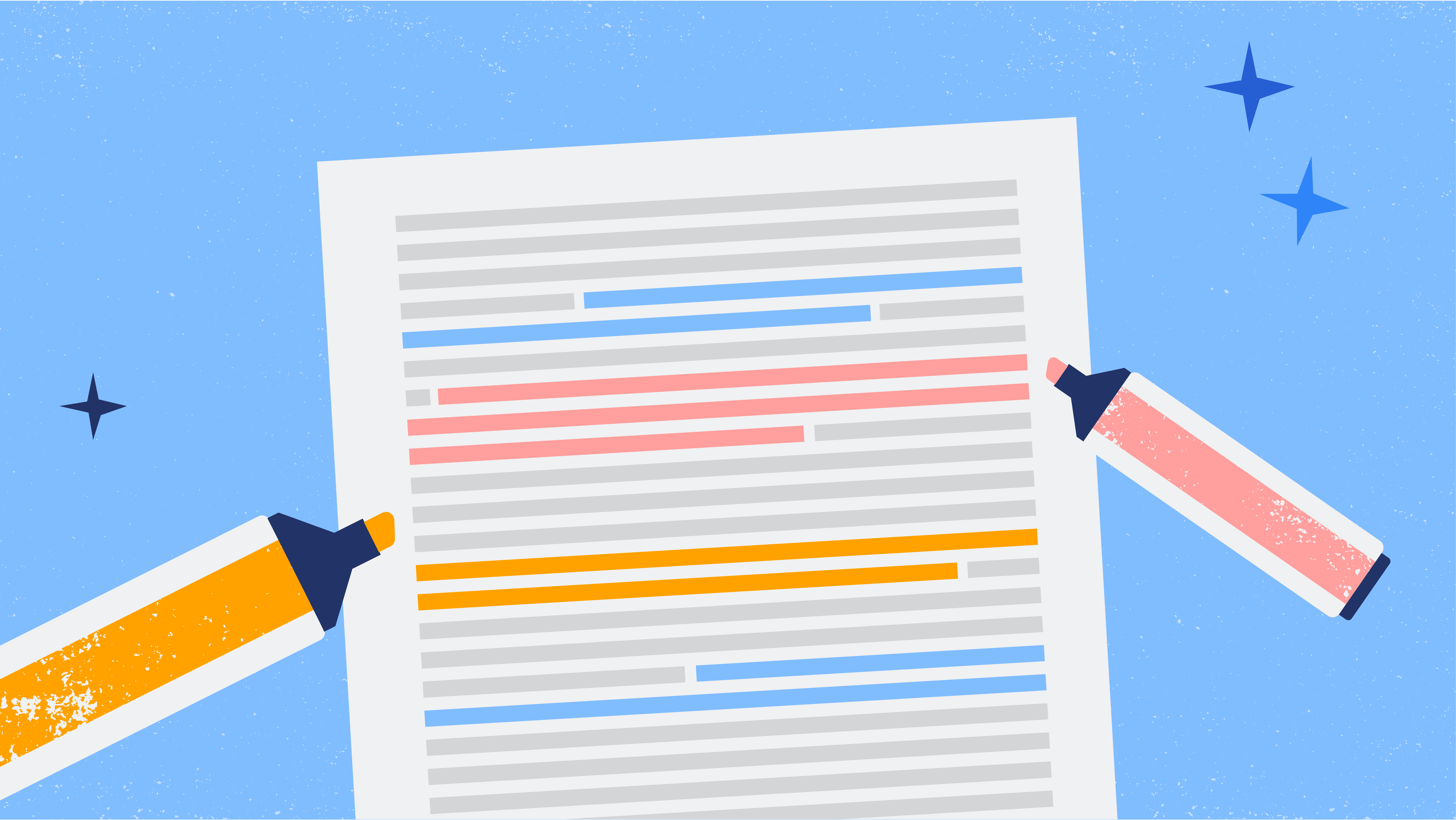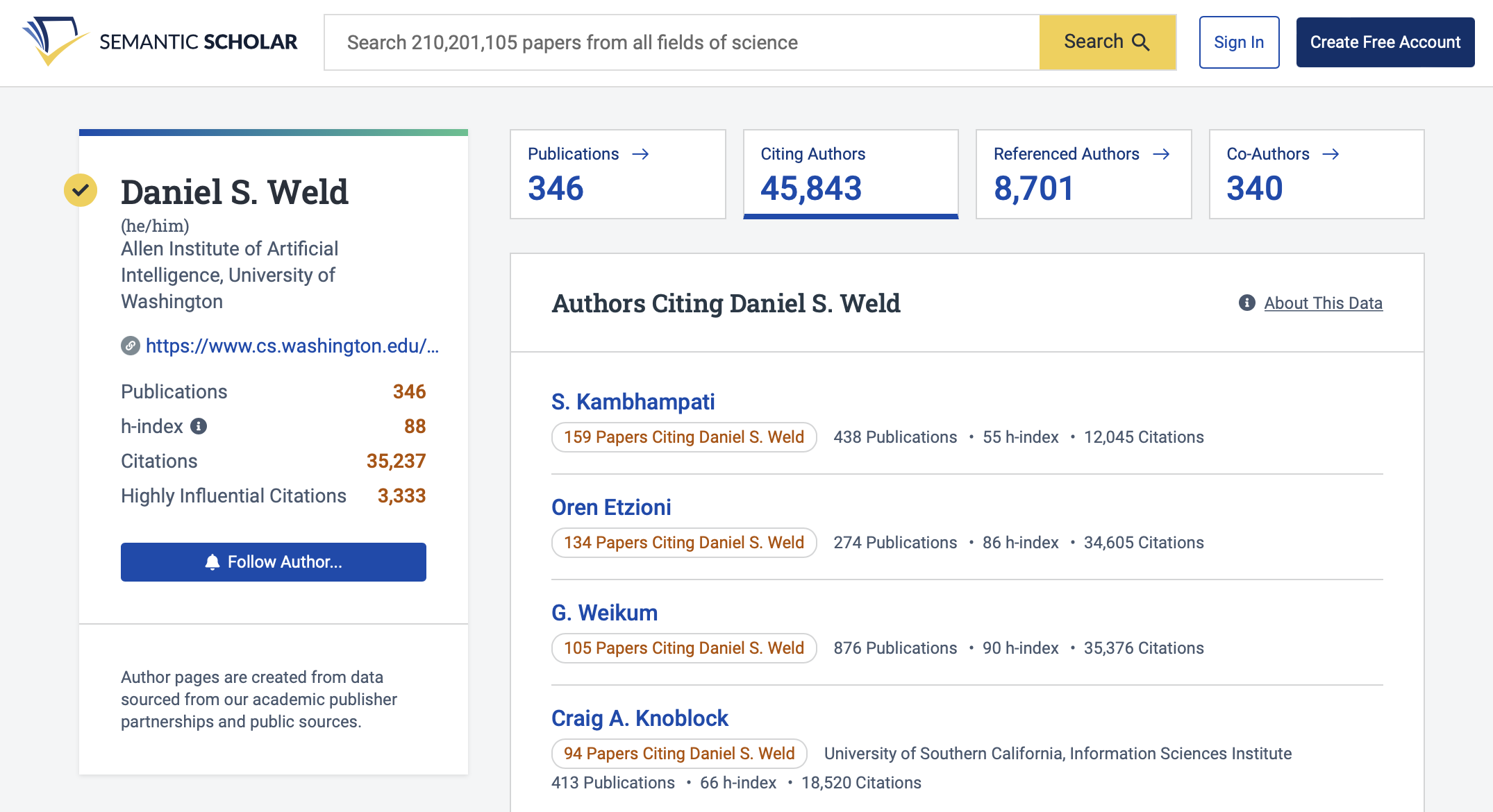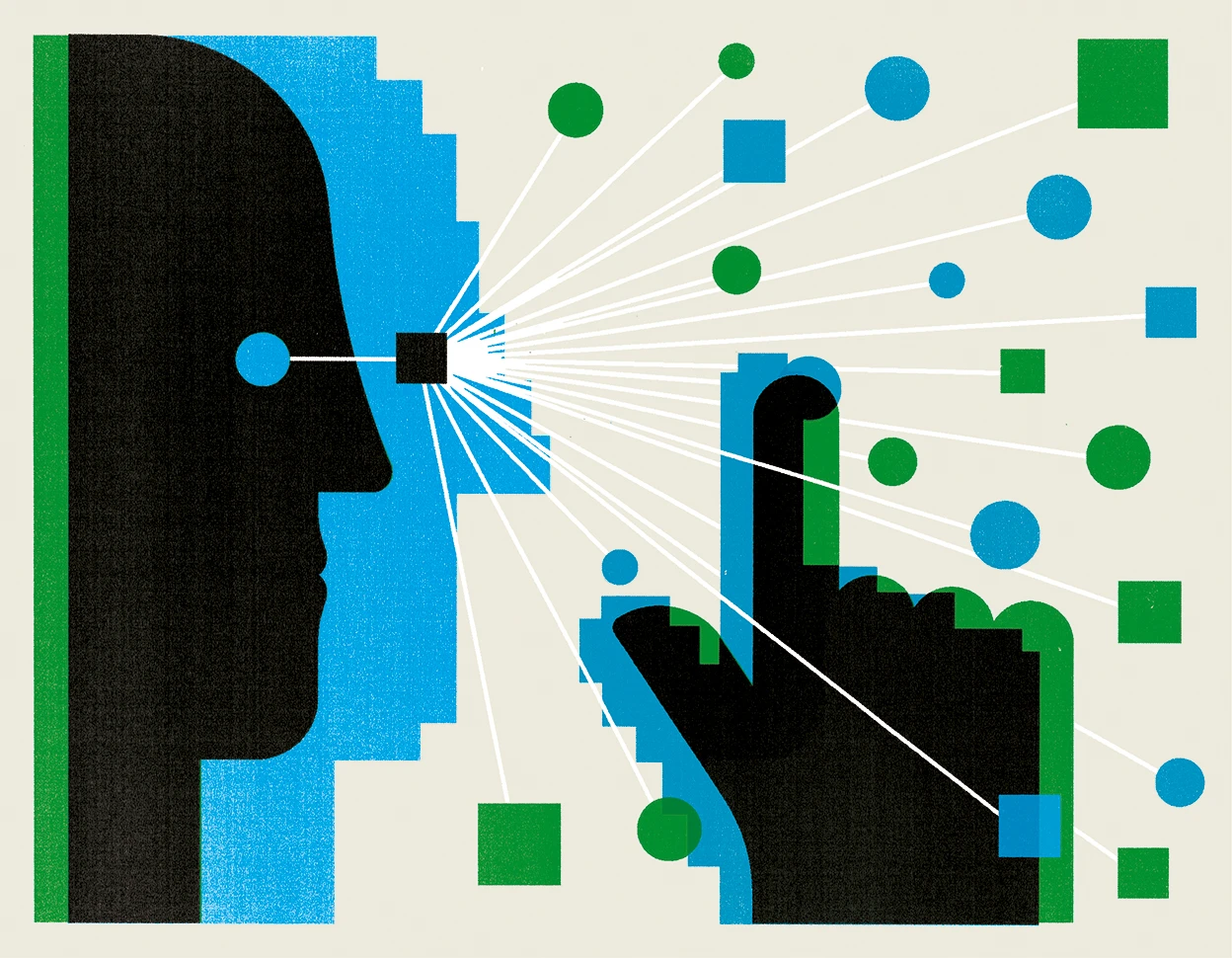Scholar's Hub
Top Viewed Papers Referred by ArXiv
Welcome to a curated collection of the most popular papers on Semantic Scholar, filtered through arXiv referrals to provide you with valuable insights into what truly piques researchers' interest. These papers widely resonated with the research community and also gained credibility through their popularity on arXiv, a trusted source for scholarly content.
If you have any feedback or suggestions, please contact us.
Last updated: December 21st, 2023




